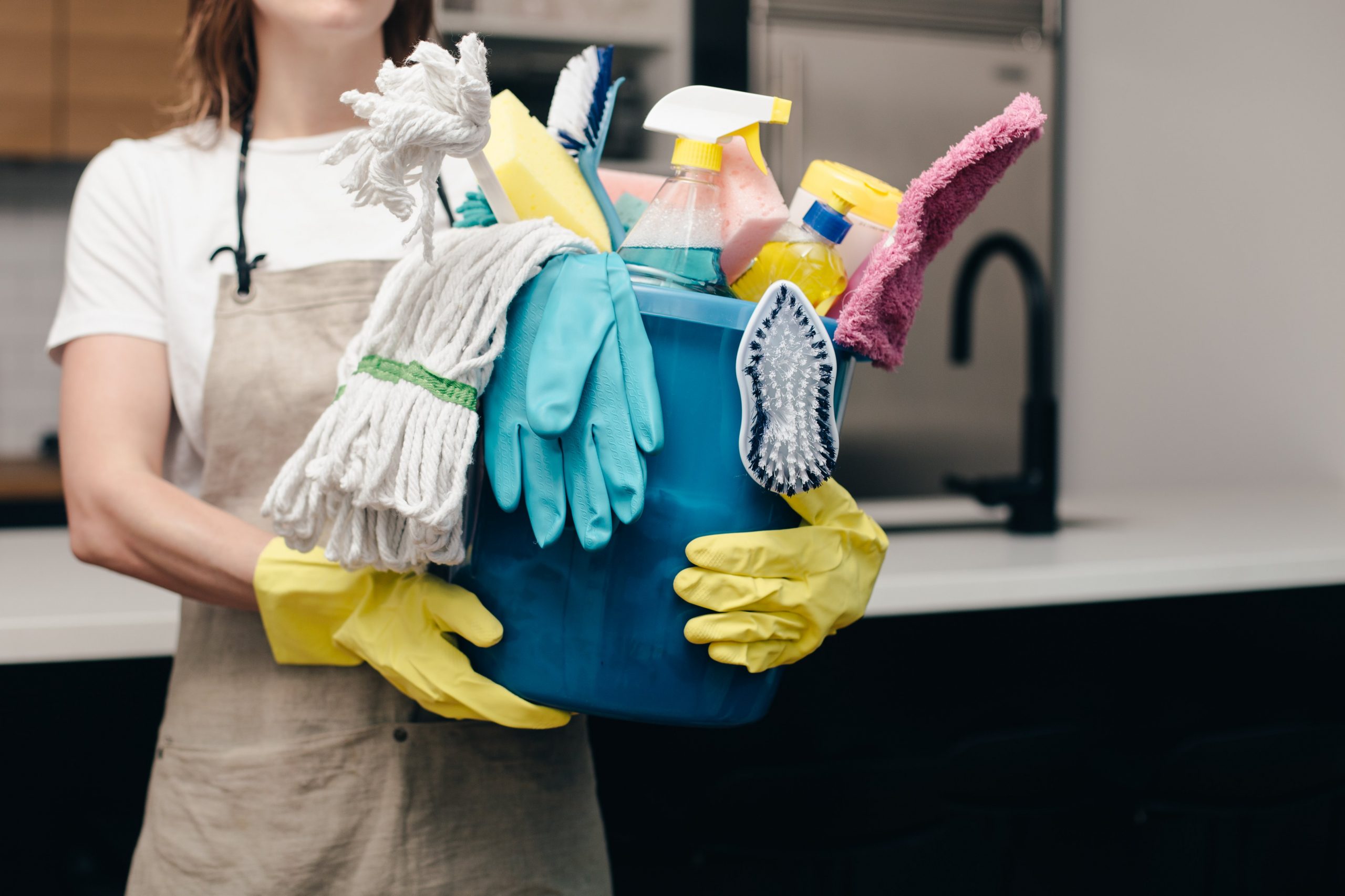For many of us, these are unprecedented times. Staying safe, and keeping your family safe from the new coronavirus means taking every extra precaution, including staying at home as much as possible. Unfortunately, this where germs like to hang out too. Is your house overdue for a deep clean?
To minimize the risk of getting sick, the Centers for Disease Control and Prevention recommend taking action to clean and disinfect high-touch surfaces – cell phones, doorknobs, countertops, drawers etc.
However, many people don’t know or have the resources to disinfect properly. The Head of Communications for the American Cleaning Institute, Brian Sansoni, recommends the following:
First, you need to clean—remove debris, grease and grime—before you disinfect. Second, the disinfectant needs to stay on the surface, often for several minutes, before it is wiped off. But most importantly, “there is no need to panic-clean,” he says. Read the labels on everyday products and never combine them. “ [Individaully], they’ll do what they’re supposed to do.”
EPA Cleaning Supplies for the Coronavirus:
The Environmental Protection Agency just released a list of approved disinfectants to kill coronavirus. For surface contact cleaning, look for products such as wipes, sprays and concentrates that say “disinfectant” on the label, and include an EPA registration number. Registration numbers are required to meet government specifications for safety and effectiveness.
Want to try and make your own solution? For a homemade disinfectant, the CDC recommends mixing a quarter-cup of household chlorine bleach with one gallon of cool water.
Other Cleaning Tips
For laundry, make sure to use both detergent and bleach (for white loads) or color-safe bleach (for colors). It goes without saying, make sure to read clothing labels to avoid ruining or damaging your clothes. To maximize the effect, use the sanitize or steam settings if available with your model. Dry your laundry on the hot cycle for 45 minutes also is effective.
Depending on your model dishwasher, operate on the sanitizing cycle when possible. The National Sanitation Foundation states that the final rinse temperature must be at least 150 degrees to achieve the greatest reduction of bacteria.
Finally, don’t forget about your air purifiers and filters. Most advertise the ability to kill or capture viruses, so change and clean them as needed, but this shouldn’t be a substitute for cleaning and disinfecting. While some filters do advertise the ability to capture things like viruses, smoke, and other common allergens, they don’t necessarily kill all microorganisms.
A clean home is a safe home. Stay healthy!

Be First to Comment